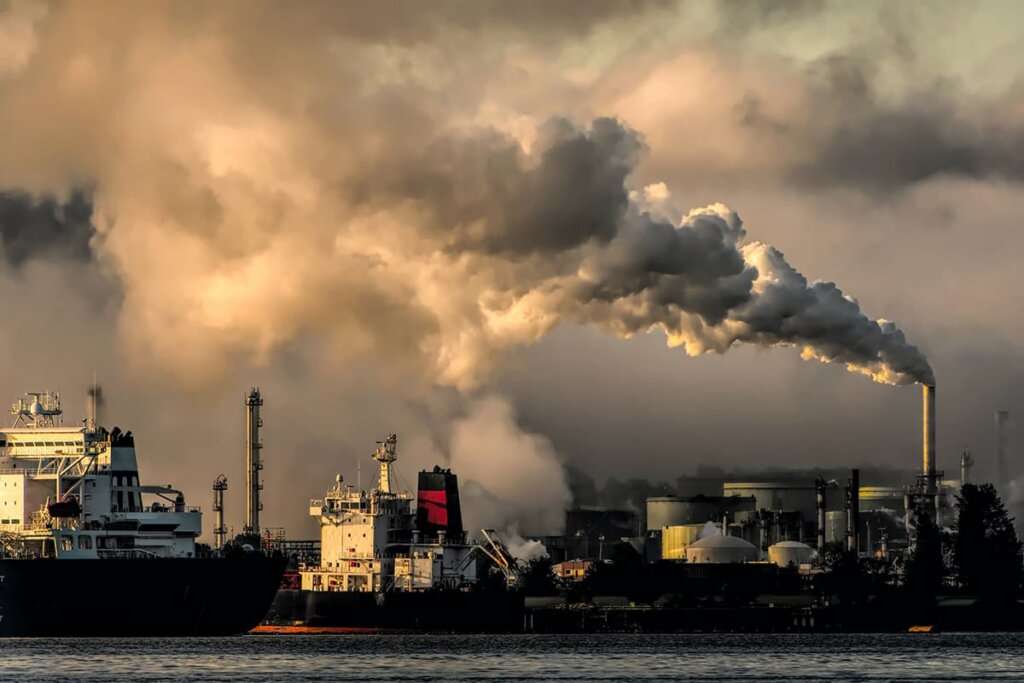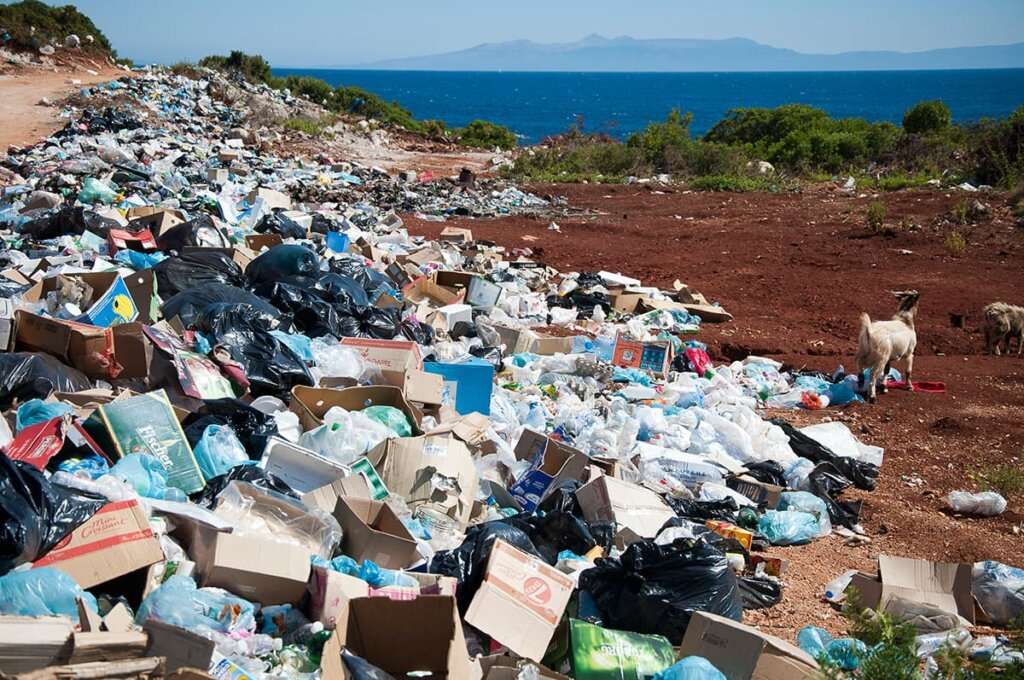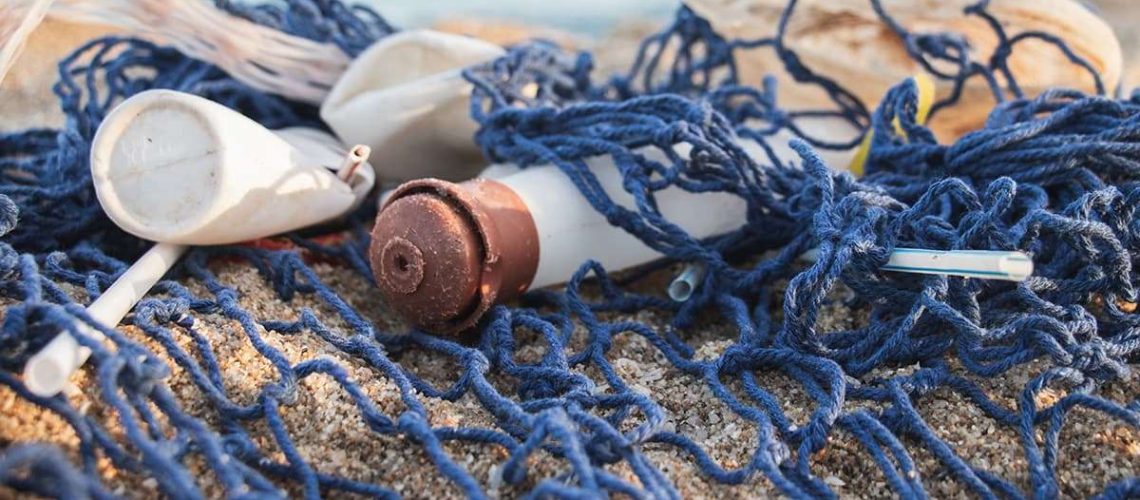At Communis we use a wide range of products to create eye catching POS and we always aim to create displays as sustainably as possible. We focus on materials that are easy to recycle, containing little or no plastics, varnishes or laminates, and that come from a sustainable source (FSC / PEFC certified).
With sustainability at the forefront of what we do, we thought it was important to share this article which highlights the difference between the production of Virgin plastics and Recycled Plastics and their associated impact on our environment. Staggeringly, the production of Virgin plastics from its raw chemicals uses 3x more energy than Post-Consumer Recycled Plastics production so it’s an important material when considering sustainable manufacturing.
Keep reading to learn more.
Virgin plastic is new, direct resin produced using natural gas or crude oil and without any recycled materials. On the other hand, Post-Consumer Recycled or PCR means, as the name suggests, when a product is recycled after its life as a consumer product (ie. water bottles, milk containers, detergent bottles) and made into new products.
Plastics are polymers, long chains of atoms arranged in repeating units. And when recycled, plastic actually gets downcycled, meaning that the quality and durability decreases every time as these long chains of atoms get broken down and shortened. In this sense, virgin plastic is stronger and more durable when compared to recycled plastic. However, the pros don’t outweigh the cons when we consider the bigger picture of plastic production and the impact it has on our environment.
Most plastic is made from fossil fuels. We extract oil or gas from land and the seabed, and transport it to what’s called a ‘cracker’. Crackers are plants that use huge amounts of heat and pressure to break fossil fuels into molecules that become the building blocks of polymers. For example, propane gets ‘cracked’ into propylene, and then, in a plastic plant, polypropylene is produced, which is used to make plastic bottles.”

When fossil fuels are burned, carbon dioxide and greenhouse gasses are released into the air, trapping heat in our atmosphere, and in turn making them the primary contributors to climate change.
As the production of virgin plastic continues to rise, with landfills already overflowing with plastic waste, and our oceans gravely polluted by plastic, our planet is suffering the consequences that, if not dealt with as soon as possible, are irreversible. We don’t need to be producing more plastic. We shouldn’t be producing more plastic. Rather, we have more than enough already existing plastic that can be recycled and upcycled into new materials and new products. And, in doing so, we can help our planet in more ways than one: reduce plastic waste, greenhouse gas emissions, air and water pollution, protect our planet, and save costs in the production and manufacturing of virgin plastic.
Using Post-Consumer Recycled Plastics has numerous benefits, and once more and more corporations and brands start to realize and adopt the concept of circular economy as the model that could save and restore our planet, we will be running on a system that is sustainable and beneficial to us, the planet, and future generation.
In a 2020 study “Virgin vs. Recycled Plastic Life Cycle Assessment Energy Profile and Life Cycle Assessment Environmental Burdens”, The Association of Plastic Recyclers compared the energy profile and environmental impact of virgin plastic and recycled plastic. The study found that “comparing just the expended energies of recycled PET, high density polyethylene (HDPE) and polypropylene (PP) shows the virgin plastic expended energies are 1.7, 3.0 and 3.0 times the expended energies of postconsumer recycled plastic.” This means that recycling plastic uses lower energy compared to the process of making virgin plastic from its raw chemicals, which takes “up to 3x more energy to produce”.
The study also analysed several environmental impact factors of virgin plastic production and PCR plastic pellet production. The factors include: Total Energy, Water Consumption, Solid Waste, Global Warming Potential, Acidification, Eutrophication (excessive nutrients in bodies of water due to runoff), and Smog. Results show that, except water consumption which requires 4% more, PCR plastic production resulted in a 46-79% reduction in environmental impacts when compared to the production of virgin plastic.
This significant reduction shows that using recycled plastic instead of virgin plastic can greatly help the environment, and this is only factoring in the direct manufacturing impact of recycled plastic. When we look at the bigger picture, using recycled plastic has even more benefits such as removing plastic waste from landfills that would otherwise sit there for hundreds of years and continue to pollute the planet and the oceans, and giving them new life and value.

In a closed-loop, circular economy where products are designed with their end-life in mind and can continue to be recycled and regenerated into new products over and over again, our planet’s resources will no longer be exploited and wasted after just a few (sometimes just one single) uses. For this to happen on a global scale, and for us to truly see a difference, it will require the efforts and willingness of everybody on the planet, on both a consumer and corporation level, because it is part of our duty and responsibility to care for our people, our planet, and our future generations.
In order to see change, we must make changes in the way we live our lives. As individuals, there are simple ways we can embrace a circular lifestyle and help reduce plastic waste in our daily lives. As a community, we can inform and help one another, advocate for better recycling programs, and encourage each other to live more sustainable and earth-friendly; small changes in our day-to-day lives can still make a significant impact. As we know, a lot of the bigger changes depend on the willingness of large corporations and leaders to make happen. We hope to spread the word of circularity and sustainability by showing others that a circular model is indeed possible, and that our planet needs us now more than ever.



